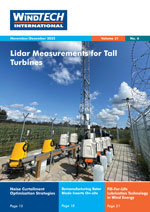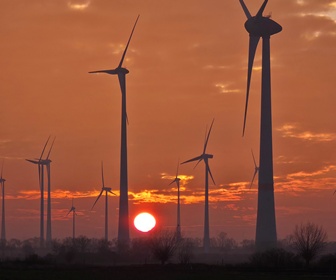TenneT advanced its work on onshore and offshore electricity infrastructure during the first half of 2025. Since January 2025, TenneT Netherlands and TenneT Germany have operated independently under TenneT Holding. A decision on a structural financing solution for TenneT Germany—either a private share placement or an IPO—is expected in September 2025.
In the Netherlands, grid reinforcement work was completed in Zeeland and offshore installation progressed at the Hollandse Kust (west Beta) project. However, several grid projects have been delayed due to permitting issues and longer component delivery times. A joint acceleration package with the Ministry of Climate Policy and Green Growth is being developed to reduce lead times and address grid congestion.
In Germany, new converter platforms were installed for BorWin 5 and DolWin 5, expanding North Sea transmission capacity to nearly 10 GW. Construction also began on the Hardebek substation and the Netzbooster facility. As solar capacity in Germany has surpassed 100 GW, TenneT is expanding and reinforcing the grid to ensure system stability during periods of high generation.
Total investments rose to €5.5 billion, compared to €4.6 billion in the same period last year, mainly due to increased spending on onshore grid projects despite delays. The company plans to invest €200 billion in grid development across the Netherlands and Germany by 2034.
Revenue reached €4.41 billion, supported by a growing regulatory asset base and rising income from offshore and onshore assets. Underlying EBIT increased to €1.47 billion, partly due to the sale of NOVEC’s antenna tower business.










